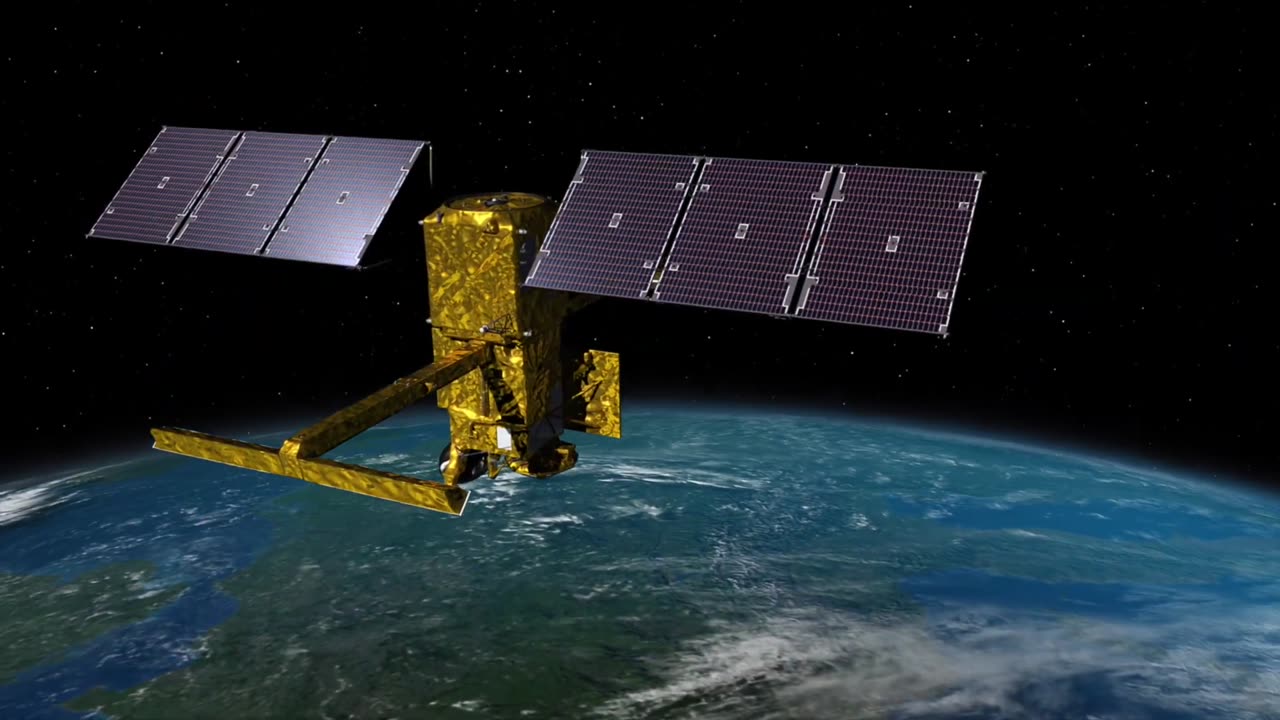Premium Only Content

Earth_Science_Mission_led_by_NASA
Here are some key points about NASA's Earth science missions:
Purpose: NASA's Earth science missions are designed to study and monitor various aspects of our planet's atmosphere, oceans, land, and climate. These missions provide essential data to better understand Earth's processes, predict changes, and manage resources.
Types of Missions: NASA conducts a range of Earth science missions, including satellites, aircraft, and ground-based observations. These missions are equipped with various instruments to collect data about Earth's different components.
Satellite Missions: NASA launches satellites equipped with instruments that monitor different Earth systems. Examples include the Aqua satellite (studying Earth's water cycle), the Terra satellite (monitoring Earth's land and atmosphere), and the Orbiting Carbon Observatory (measuring carbon dioxide levels).
Climate Change Studies: Many NASA Earth science missions focus on studying climate change and its impacts. The data collected helps scientists understand factors contributing to global warming, sea level rise, and shifts in weather patterns.
Hurricane Tracking: NASA has missions that monitor hurricanes and tropical storms, providing valuable data for improved forecasting and disaster management.
Ocean Studies: Earth science missions also monitor oceans to study sea surface temperatures, ocean currents, and marine life. These data help researchers understand ocean circulation and its impact on climate.
Air Quality Monitoring: Some missions focus on studying air quality and pollution patterns, aiding in understanding the sources and distribution of pollutants in the atmosphere.
Land Cover Changes: Earth science missions track land cover changes due to factors like deforestation, urbanization, and agricultural expansion. This data informs land management and conservation efforts.
Remote Sensing: Remote sensing technology is used to collect data from space-based instruments. These instruments capture images and data across different wavelengths, helping scientists analyze Earth's surface and atmosphere.
International Collaboration: NASA often collaborates with other space agencies and organizations worldwide on Earth science missions. This collaboration enhances the global understanding of Earth's systems.
Data Dissemination: The data collected from these missions are made available to researchers, policymakers, and the general public through various platforms and databases, promoting transparency and collaboration.
Long-Term Monitoring: Some missions, like the Earth Observing System (EOS), are designed for long-term observations to track changes over extended periods.
Overall, NASA's Earth science missions play a crucial role in advancing our understanding of our planet's interconnected systems, contributing to better environmental management and addressing global challenges. For the most up-to-date information on specific missions and their details, it's recommended to visit NASA's official website or related Earth science mission pages.
-
 LIVE
LIVE
Sarah Westall
33 minutes agoFreezing USAID & its Operations in Ukraine: A Massive Money Laundering Organization? w/ Sam Anthony
394 watching -
 DVR
DVR
Redacted News
3 hours agoBREAKING! EPSTEIN LIST INCOMING UNDER AG PAM BONDI? DEMOCRATS FREAKING OUT, PRINCE ANDREW NERVOUS
104K111 -
 52:02
52:02
Candace Show Podcast
5 hours agoBecoming Brigitte: An Inaccessible Past | Ep 2
84.5K109 -
 LIVE
LIVE
2 MIKES LIVE
3 hours ago2 MIKES LIVE #176 News Breakdown Wednesday!
122 watching -
 LIVE
LIVE
I_Came_With_Fire_Podcast
4 hours agoGAZA TAKEOVER | USAID EXPLAINED | TARIFF TAKEDOWN
303 watching -
 LIVE
LIVE
The Based Mother
5 hours agoFULL OF IT! Crooked politicians say they care about children. Their actions tell a different story.
80 watching -
 1:54:12
1:54:12
Right Side Broadcasting Network
8 hours agoLIVE: President Trump Signs EOs; Pete Hegseth Meets with Netanyahu - 2/5/25
99.7K45 -
 1:51:41
1:51:41
Dr. Drew
6 hours agoPsychics Investigate DC Black Hawk & Philadelphia Medical Plane Crashes w/ Zach Vorhies + Eddie Conner & Andrew Anderson – Calling Out w/ Susan Pinsky – Ep 166
55.9K15 -
 1:03:04
1:03:04
In The Litter Box w/ Jewels & Catturd
22 hours agoDemocrats Come Unglued | In the Litter Box w/ Jewels and Catturd Ep. 735 - 2/5/2025
68.4K63 -
 1:44:25
1:44:25
The Quartering
6 hours agoTrump Impeachment, Democrat Insurrection, Massive Scandal At Politico & DC Crash Update!
108K50